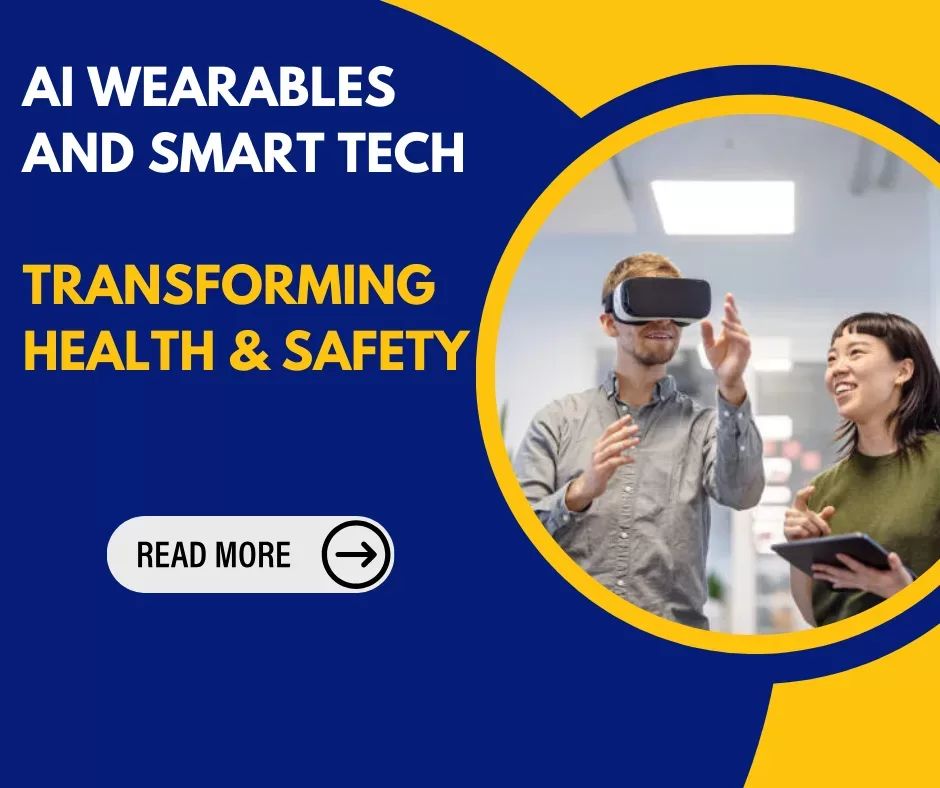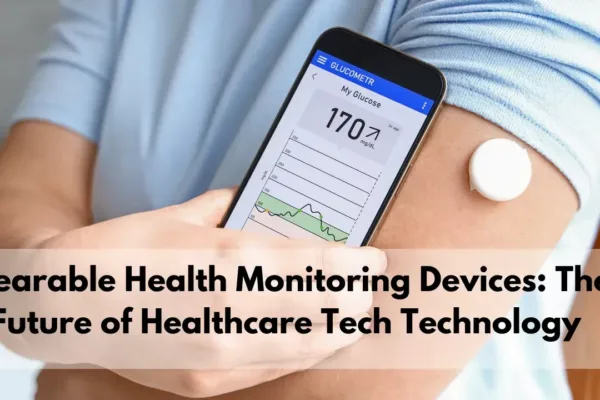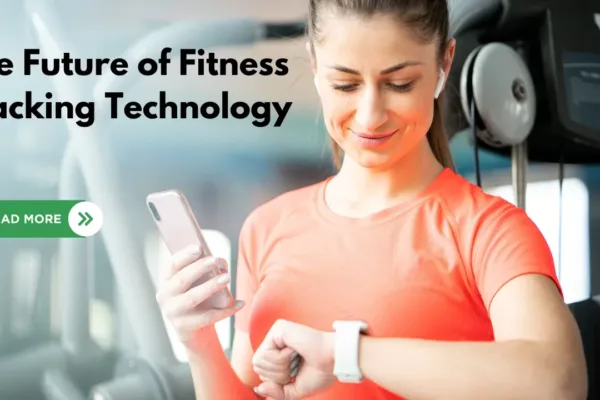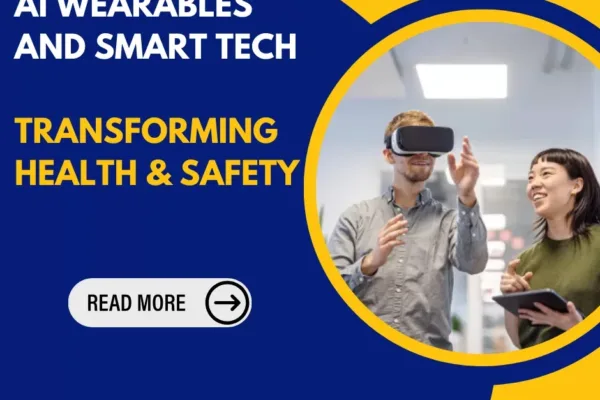AI Wearables, Smart Clothing, and Health Tech: The Future of Fitness, Payments, and Workplace Safety
AI wearables, smart clothing, and health tech are influencing people’s lives. They ensure that we have a healthy lifestyle, are protected, and have a better body shape. In today’s society many of them assist us in tracking our fitness, keeping tabs on our health, enhancing safety at our working places and even enable us make payments.
Now let’s consider some of the amazing applications of these technologies in our daily life.
What Are AI Wearables?
AI wearables are small devices you can wear, like watches, rings, or bands. Such gadgets assist in detecting aspects like the number of steps taken, the hours of sleep, and the rate of heartbeat. They can also notify you when you should take a glass of water or when you have sitting for a long time.
Some popular examples of AI wearables include:
- Wearable technology devices such as smartwatches that assist you track your fitness levels and your notifications.
- Examples of fitness bands that tracks your steps and keeps track of your heart rate.
- Wearables that monitor sleep, and rings that can even facilitate payment transactions.
These AI wearables track the activities and provides the necessary tips for health and fitness.
What Role Does AI Wearables Play in Fitness?

Fitness wearables are rather useful if you need to improve your physical shape or just maintain it in any way. They can:
- Track your steps and then demonstrate how much you’re going through it.
- Check your pulse so that you are aware of whether you are exercising in a healthy manner.
- With fitness exercises, it could help you by showing you the amount of calories you have shed.
- AI fitness tools are user-friendly. They are great for people who desire to exercise to strengthen their bodies muscles without feeling that they are exercising in the wrong manner.
Smart Clothing: Clothes That Think
Smart clothing in turn is a newly developed concept of clothing that has sensors integrated into it. These sensors can follow one’s motion, check on the well-being and interact with a phone through applications.
Some cool examples of smart clothing include:
- Shirts that can track your heart rate.
- Socks that can check your balance and walking posture.
- Pants that can measure your muscle activity.
This smart clothing is very helpful for athletes. It can show them how to improve their performance, like running faster or lifting weights better. Some clothes also help people who are recovering from injuries by showing them how to move safely.
Health Wearables: Monitoring Your Health
Health wearables are very important for people with medical conditions or those who want to monitor their health. These devices can:
- Keep track of your heart rate, blood pressure, and oxygen levels.
- Monitor your sleep to make sure you are resting well.
- Alert you when something is wrong with your health.
Doctors can also use wearable health monitoring devices to watch patients from a distance. This way, they don’t need to visit the hospital as often. These wearables help people feel safer because they know they are being looked after.
Examples of Health Wearables:
| Wearable Type | What It Does |
| Smartwatch | Tracks heart rate, sleep, and alerts for health problems |
| Fitness band | Tracks steps, exercise, and heart health |
| Ring | Monitors sleep and stress levels |
These devices are making it easier for people to stay healthy.
AI in the Workplace: Staying Safe
AI workplace safety is becoming more common in places like factories, warehouses, and construction sites. Workers use AI wearables that alert them when they are in danger. These wearables can:
- Alert workers when they are too close to dangerous equipment.
- Track the worker’s movements to prevent accidents.
- Send emergency signals if the worker falls or is injured.
Using AI wearables in the workplace keeps people safe and reduces accidents. Employers love this technology because it helps them protect their workers.
Pay with a Ring: New Ways to Pay
Technology has even changed how we pay for things. Some people now use AI wearables to pay for items at stores. You can simply pay with a ring, smartwatch, or phone. These wearables are safe, fast, and easy to use.
Examples of Payment Wearables:
| Wearable Type | What It Does |
| Ring | Rings that let you pay by tapping on a card reader |
| Smartwatch | Watches that let you make payments through an app |
| Phone | Mobile payments using apps like Google Pay or Apple Pay |
This technology is convenient because you don’t have to carry a wallet or worry about cash.
AI and VR: Changing the Way We See Things
Artificial Intelligence and Augmented Reality (AR) are helping people in many ways. These technologies combine the real world with computer-generated images. VR Artificial Intelligence creates virtual environments where people can work, learn, and play.
How AI and VR Help
In Fitness: People use VR headsets to exercise in virtual worlds.
In Work: Workers can train in virtual environments without needing to go to dangerous places.
Games: Gamers use VR to experience virtual adventures.
Both AI and VR are helping people have more fun, stay safe, and get better at their jobs.
Final Words
AI wearables, smart clothing, and health tech are making life easier, healthier, and safer. These smart devices help with fitness, monitor health, improve workplace safety, and even offer new ways to pay. As technology continues to grow, we can expect even more exciting and helpful innovations in the future. The world is becoming smarter, one wearable at a time!













2 thoughts on “15 Best AI Tools for Students: Transform Your Studies”